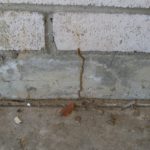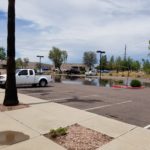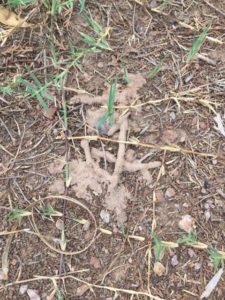Termite failures on structures
What kind of issues cause failures?
Failures include:
- Planters next to the foundation.
- Stucco below grade of slab.
- Any wood to soil.
- Tree roots or stumps within the area of foundation.
- Improper pretreat to slab.
- Buried construction material below slab.
- To much water against the slab, drip irrigation and flood irrigation.
- After the slab is poured, the bath-trap is disturbed.
- People walking on pretreat material before the slab is poured.
- Digging up the post treatment, and then forgetting to notify the Termite company.
There are many items that can cause problems when thinking about a structure break and thinking outside the box is helpful. So let’s imagine that you are having issues near a kitchen in the ceiling – the first step is checking outside. See if there are any mud tubes. Then examine inside, blocked by cabinets – its probably coming up within the inside of the foundation. Angle drilling may be necessary. I think it is like detective work, examining the clues and coming up with the treatment options. So good luck and keep at it and you will figure it out.






